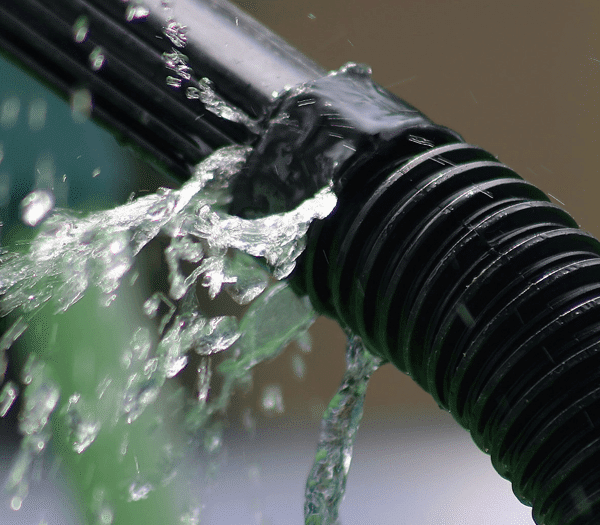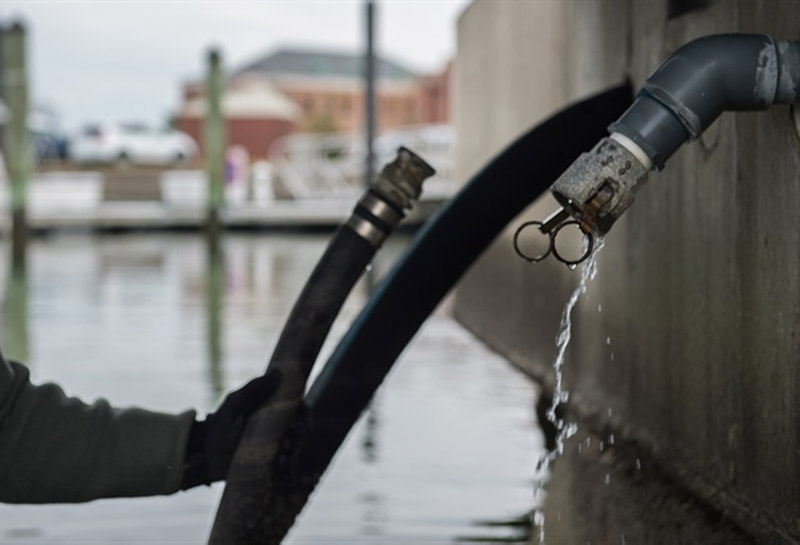We have stumbled on the article pertaining to What to Know Before Installing a Dishwasher directly below on the internet and believe it made good sense to write about it with you here.

A burst pipe is a significant emergency; you can only stand as you watch water you pay a lot to rejoin with the earth. In even worse cases, you observe a swimming pool on your cooking area floor, which is a wonderful trip risk, particularly if you have kids around. If the pipeline that ruptured remained in your wall surfaces, trouble: you might require to repaint that entire section.
Exactly how can a catastrophe like a ruptured pipeline be stopped and also taken care of? Well, by paying attention to your expert emergency plumbing technicians as well as complying with these guidelines.
How do I understand when my pipelines have ruptured?
Changing water stress
Pipes do not just burst in a day. You might have seen that your kitchen area faucet or shower does not run promptly when you transform the faucet. It might pause for a couple of seconds and then blast you with more force than common.
In various other circumstances, the water might appear normal at first, then drop in pressure after a few seconds.
Wet walls and water stains
Before a pipeline ruptureds, it will leakage, the majority of times. If this relentless dripping goes unnoticed, the leak might finish into a vast wound in your pipeline. One simple method to avoid this emergency is to keep an eye out for wet wall surfaces advertisement water discolorations. These water stains will lead you right to the leak.
Puddles under pipes as well as sinks
When a pipe ruptureds, the discharge forms a puddle. It may appear that the puddle is growing in size, and no matter how many times you mop the puddle, in a few minutes, there's one more one waiting to be cleansed. Commonly, you may not be able to trace the puddle to any type of visible pipes. This is an indication to call a professional plumber.
Untraceable dripping noises
Pipeline bursts can happen in one of the most undesirable areas, like within concrete, inside walls, or under sinks. When your home goes quiet, you might have the ability to listen to an annoyingly persistent dripping noise. Even after you've inspected your shower head as well as kitchen area tap, the dripping might proceed.
Beloved viewers, the trickling might be coming from a pipe inside your wall surfaces. There isn't much you can do concerning that, except tell an expert plumber.
Shut off the Water
When water ices up, it broadens in volume by concerning 9 percent. As well as it expands with remarkable force: The pressure inside pipelines may go from 40 pounds per square inch to 40,000 psi! No pipeline can hold that much pressure, so it bursts. The break might take place where the ice forms, but more often, it occurs where water pressure discovers a vulnerable point in the pipe. That might be inches or even feet from the frozen area. Discover the water shutoff valve and also turn off the water to avoid even more damage. You could also need to shut off the electrical energy too, relying on where the leakages occurs and also just how huge it is.
Contaminated water
Lots of people think a ruptured pipeline is a one-way electrical outlet. Fairly the contrary. As water spurts of the hole or gouge in your plumbing system, contaminants find their way in.
Your water might be contaminated from the resource, so if you can, examine if your water container has any type of issues. However, if your alcohol consumption water is provided as well as cleansed by the city government, you need to call your plumber quickly if you see or smell anything funny in your water.
What do I do when I detect a burst pipeline?
Your water meter will continue to run also while your water wastes. To lessen your losses, find the primary controls and turn the supply off. The water mains are an above-ground structure at the edge of your property.
How to Fix & Detect a Leaking Pipe
How Do I Know if a Pipe is Leaking?
Leak detection tests can help you determine if your pipe has a leak. Even if you don’t see an apparent leak, you should still conduct leak detection tests regularly to save water and money—and prevent major damage to your home.
Water meter. It can be helpful to figure out what your usual water meter usage numbers are and then monitor them regularly. To monitor your meter, first, turn off all water faucets in your home. Check the meter and write down the numbers. In a few hours, check the meter again. If the numbers have changed, you have a leak. Water gauge. Use a water gauge to test your water pressure. Your showerhead should produce a certain amount of water pressure based on its model and design. If the pressure is lower than it is supposed to be for that specific showerhead, your home likely has a leak. Puddles. Look inside your bathroom, laundry, and kitchen sink cabinets. Puddles around the cabinets or around toilets, tubs, showers, and washing machines indicate the presence of a leaking pipe. You may also notice loose tiles, peeling or flaking paint, or mold caused by water accumulation. Napkin test. Even if you don’t see any puddles, you may still have a leak. You can test for water leaks in the bathroom, laundry, and kitchen by wiping below-sink connections with a napkin, paper towel, or piece of toilet paper. If it becomes damp, you probably have a leaking pipe under the sink. Discolored walls. Walls that are discolored—usually with brown or yellow stains—or bulging might mean that they have been impacted by water damage caused by a leaking pipe. Smell. A leaky pipe will create sitting water, and over time, that water may develop a musty smell. If your home smells musty, but you can’t locate the source, it may be due to a leak. Steps for Fixing a Leaking Pipe
A leaky drain can be remedied by tightening the pipe base, replacing the drain seal, caulking the rim, and tightening the pipe nut. Similarly, a leaking toilet pipe can be treated by tightening the packing nut. You may also need to replace the valve. A leaky faucet may just need tightening or replacement of the washers. If that doesn’t work, consider replacing your faucet. If your pipe has a hole in it, you may want to use a pipe leak sealer or pipe leak tape. This quick fix for water pipe leaks can also temporarily fix a copper pipe leak. https://www.ahs.com/home-matters/quick-tips/how-to-tell-if-pipes-are-leaking/

Do you enjoy reading up on How to Install and Connect a New Dishwasher? Try to leave a review further down. We would be delighted to know your opinion about this blog posting. In hopes that you come back again soon. For those who appreciated our blog posting kindly do not forget to share it. I treasure reading our article about What to Know Before Installing a Dishwasher.
Facing a flood? Call us!